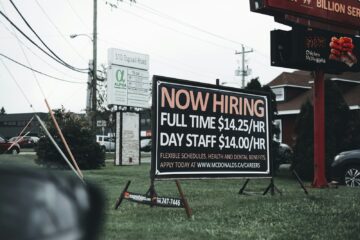Working from a formula he perfected in 1979’s Alien, Scott brought his world of grimy industry and neon-lit shadows, rogue androids and put-upon protagonists to California, swapping Alien’s body horror for the police procedural. Granted, Deckard isn’t Ellen Ripley, but in its portrayal of the battered and bruised detective battling against the system, Blade Runner is a Chinatown of the future. That it was only Scott’s third film as director makes it all the more impressive. (As an aside, has Harrison Ford’s three film run of The Empire Strikes Back (1980), Raiders Of The Lost Ark (1981), and Blade Runner (1982) ever been beaten?).
Famously, the film was a critical and commercial flop in the U.S. with VHS sales and endless re-edits eventually leading to its cult status. (In 2004, it was even voted as the best science fiction film of all time by a panel of global scientists). Today, it’s difficult to picture a sci-fi film that doesn’t play homage. Would HBO’s Westworld have updated its 1973 film version so successfully and stylishly without Blade Runner paving the way both visually and in terms of its musings on free will? And, decades before Elon Musk looked set to take over the world, Blade Runner’s Tyrell Corporation (and indeed, Alien’s Weyland-Yutani) was inspiring evil empires from Resident Evil’s Umbrella Corporation to RoboCop’s Omni Consumer Products and The Terminator’s Cyberdyne Systems.
The article argues that Rutger Hauer’s replicant character Roy Batty “delivers one of the greatest speeches in cinematic history in his ‘Tears in rain’ soliloquy.”
And it points out that fans of Ridley Scott’s prequels to Alien speculate those movies also exist in the same cinematic universe.


